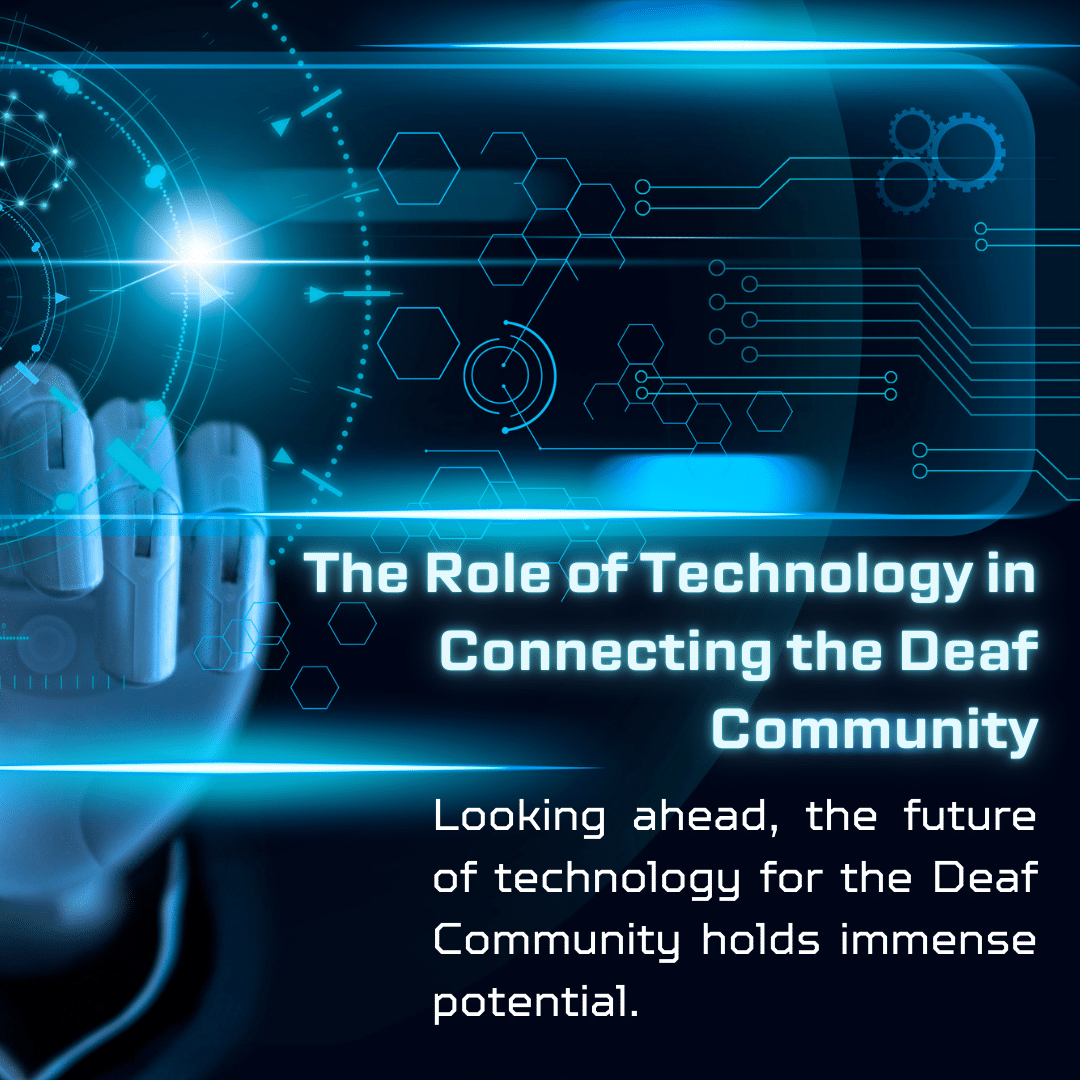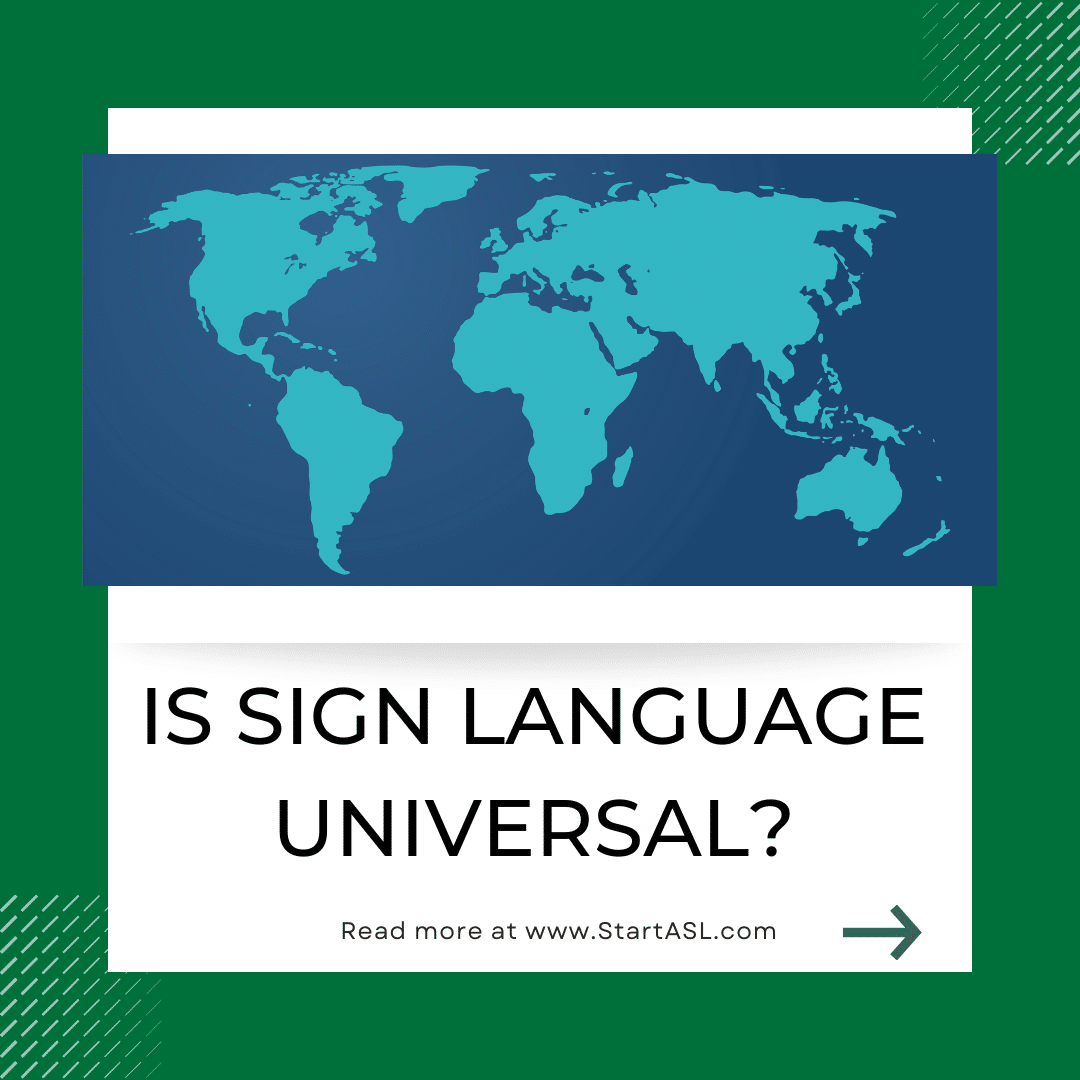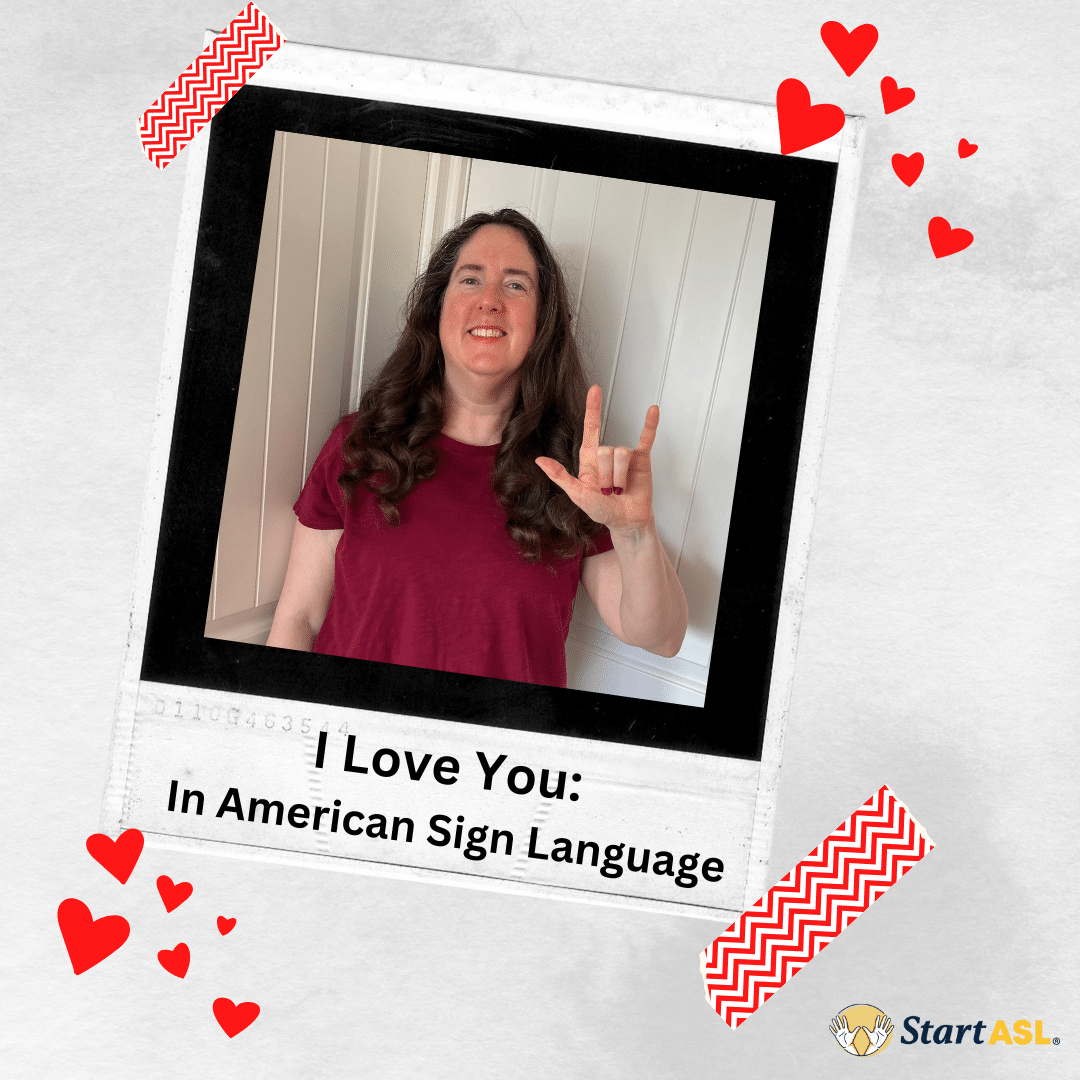
A Brief Inquiry into the Significance of Name Signs in Deaf Culture
- by Michelle Jay
- One Comment
by Anonymous | 03 June 2020
For many humans all over the world, our names are one of the first things we receive that differentiates us from everyone else. Names can signify many things about a certain individual, such as their culture or the culture of their parents (Evans). For instance, the name “Antoinette” could signify that the person, who the name belongs, may have come from a French family and therefore may speak the French language. Another example would be that many, in addition to their first names, receive last names that they share with the rest of their family. In an online article by Cleveland Kent Evans, he points out that, “our names identify us both as individuals, and as members of a group”. Different cultures, such as North American Culture, even give certain titles in addition to first and last names that signify one’s marital status. In addition to the names themselves, different cultures have various naming ceremonies or rituals. Evans highlights in his brief article, that, “in many parts of Africa a child’s naming day is a festive occasion that usually occurs a week or so after the birth. Girls are named sooner than boys, but only by a day or two. An older person bestows the name, first by whispering it to the baby, because a newborn should know his or her name before anyone else does, then by announcing the name to everyone attending the ceremony” (Evans).
Similar to any culture, the deaf have their own distinct naming system, with their own rituals and meaning.
In the Deaf community “name signs” serve as a way to identify oneself or another within the Deaf community without having to finger-spell the entire name that might be written on their birth certificate (Berke). One’s name sign may represent a physical characteristic or personality trait, and is almost always given by someone within the deaf community (Berke). In an online video marking 2019’s Deaf History Month, a woman named Diana explains that name signs do not merely identify that person, they represent that individual’s significance within the deaf community (Deaf Services Unlimited). This in practice means that most deaf people end up receiving name signs and that is uncommon for hearing people to receive them (Deaf Services Unlimited). There are exceptions, some deaf people do not have name signs, and certain hearing people sometimes receive them such as teachers of the deaf, interpreters or children who have deaf parents (Deaf Unlimited Services). In this video Diana says, “In this way the name sign becomes like a right of passage signaling the person’s inclusion in the deaf community” (Deaf Services Unlimited). While there does not seem to be a many strict rules for naming in North American culture, “name signs” follow a distinct set of rules (Harris, Supalla).
Initialized and descriptive are two different kinds of name signs (Harris, Supalla). For instance, an example of an Initialized name sign would be if someone’s name were “Emma”, their name would be fingerspelled – or signed as a “E” to a long “M” to a “A” sideways (Harris, Supalla). Initialized name signs are often used when an individual, for some reason or another, has not been given or has chosen to not have a name sign (Harris, Supalla). Descriptive name signs are more popular in European countries, and as probably can be inferred from the name, is largely based on descriptive characteristics a particular person has (Harris, Supalla). For example, if someone has glasses, curly hair, or blue eyes, those characteristics might be referred to in their name sign (Harris, Supalla). These descriptive characteristics used in some cases “may be offensive or sensitive to people in American culture. Not so in ASL/Deaf culture. Like Israeli culture, straightforward is a part of norms in ASL/Deaf culture” (Harris, Supalla). There is a middle ground to be found between these two types, the use of a combination of initialized and descriptive name signs (Harris, Supalla). An example of such a name sign would be, “a certain person’s name is S.B., in which her name is “S” shifted to “open B” backward in a wave movement like a fish. It was named after one of her characteristics as a great swimmer” (Harris, Supalla).
This brief research paper has shown that “sign-names” are a unique and important aspect of Deaf culture. “Sign- names” allow for the deaf community to differentiate themselves and others within their community, and signify an individual’s significance within that community. Their naming structure can differ based on the geographical location of various deaf communities, and can tell us important cultural and physical characteristics of a individual.
Resources
Berke, Jamie. “How You Receive a Name Sign Within the Deaf Community.” Verywell Health, Verywell Health, 1 July 2019, www.verywellhealth.com/using-name-signs-for-personal-names-1048725.
Diana. “Deaf History Month: Name Signs.” Deaf Services Unlimited, 12 Mar. 2019, https://deafservicesunlimited.com/2019/03/deaf-history-month-name-signs/
Evans, Cleveland Kent. “Baby-Naming Trends: Cultural and Ethnic Influences on Baby Names .” HowStuffWorks, HowStuffWorks, 13 June 2006, lifestyle.howstuffworks.com/family/parenting/babies/baby-name-trends-ga2.htm.
Harris, Rachelle, and Samuel J Supalla. “Name Signs: Naming Custom in Deaf Culture.” Handspeak, 2013, www.handspeak.com/culture/index.php?id=79.











One Response
How are our government treating deaf culture?